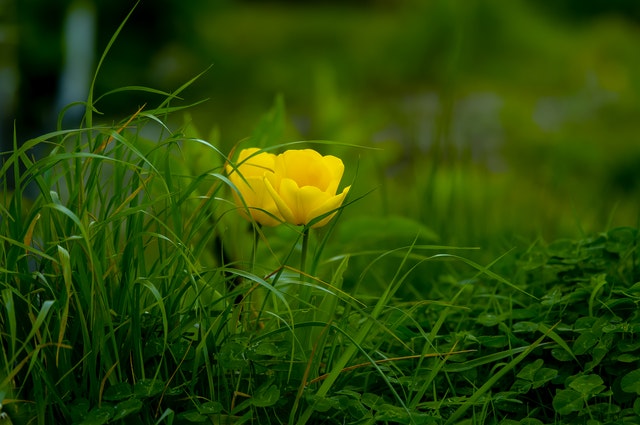Unfortunately, we have been dealing with worldwide bee deaths for many years in a row. The cause can be sought in the increasingly shrinking nature reserves, climate change and the careless and (unnecessary) use of crop protection products. As a result, about 60% of all bee species are currently doing worryingly and the population is (unfortunately) still declining every year. This could cause food problems on a global scale in the long term. The bee fulfills an enormously important role when it comes to pollination (fruiting or seed formation) of the plant.
Fortunately, the problem is now also known to the government and good initiatives have been launched in recent years to reduce bee mortality. Not only the government, but also we as citizens can help the bees and bumblebees with simple measures. In this article, attention will be paid to the right pregnancy plants for the bee in your garden.
How can you help the bee?
The bee is active from early spring to late autumn. This means that the bee goes in search of food and flies from flower to flower. By visiting these flowers, pollination of the flower takes place. As mentioned before, the bee fulfills an extremely important task in our food chain. When nature reserves shrink, there are fewer and fewer opportunities to look for food. If the crops are also sprayed with agents that the bee cannot tolerate, this poses a double problem. Think of the bee and therefore do not use pesticides that can have negative consequences for the bee. To ensure that there is enough food, you can put so-called gestation plants in the garden. These are generally plants that produce a relatively large amount of nectar and are therefore popular among bees, bumblebees and butterflies. Try to combine as much as possible so that flowering plants can be found in the garden in spring, summer and autumn. This not only provides color in the garden all year round, but also provides food for the bee all year round.
